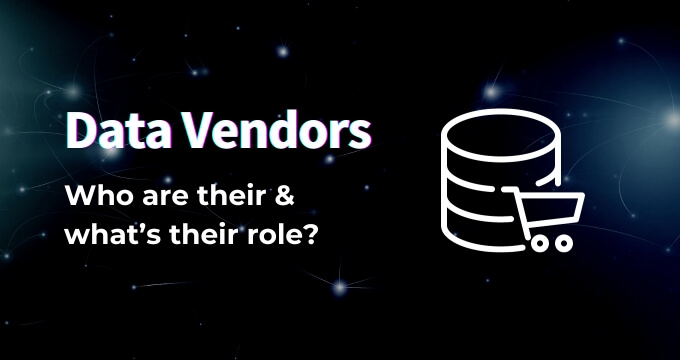A database is a structured and organized set of information. It makes it possible to store and use large volumes of data in digital format. Data are organized in tables. A table is a chart made of columns and rows. Columns display information categories (name, address, product, telephone number, etc.) and lines display records or entries.
Database management system
A computer-based tool is required to store and access this information. This tool is called a database management system, often abbreviated to SGBD in French (Système de gestion de base de données) or DBMS in English (Database Management System). It is a software such as Microsoft Access, Oracle Database or FileMaker Pro.
These programs allow users to easily access and update data without having to perform SQL queries.
The 4 types of databases
- Hierarchical database - In a hierarchical database, data are organized according to a tree structure: every record has only one parent.
- Network database - In a network database, records can have several parent and child links.
- Relational database - This is the most common type of database. Relational databases are organized in tables. Tables are linked together with a primary key.
- Object-oriented database - Object databases are a new, recent type of database. Currently, they are primarily used in cases requiring the storage and use of images, sounds, and videos.
Why use a database ?
Today, companies are flooded with information: suppliers, orders, clients, products, etc. These categories and the data they contain must be easily accessible and usable by various persons. A database is a must-have tool to ensure fast and efficient operations.
Data centralization
A database gathers all data needed to perform tasks in a company. Every employee can easily find what he needs for his daily work. A well-managed database saves times and boosts productivity.
Data safety
A well-designed database protects data from hacking. A DBMS not only prevents data theft: it makes it possible to select who has access to, and who can process which data. The user should be able to read and modify customer data while being barred from modifying product prices, for instance.
Data consistency
Encoding data into a DBMS is subject to some requirements. Dates must be encoded in dd/mm/yyyy format; a phone number should be entered in international format; email addresses must include the symbol @, etc.). These rules ensure data standardization and ease of use.
What information is included in a database?
A database can contain as many data types as necessary. A decision to add specific data depends on the purpose.
For example, a B2B company could collect company data such as (corporate name, address, industry, nace code, sic code, etc.) and contact persons as well as contracts entered into by clients. An e-commerce company needs a database that includes information on clients, products, orders, suppliers, etc. A hospital would need patient data, surgeries, practitioners involved, tests performed, etc.
Every industry, organization or company uses their database in different ways. This means that everyone enters different information in their databases. Personal and/or firmographic data are the types of data most frequently stored in B2B and B2C databases.
Designing a database
The task of designing a database should be taken seriously. It should be the result of thorough analysis and discussion with future users. This preliminary analysis prevents unnecessary costs and system changes.
To create a database, it is necessary to model it: selecting the ideal DBMS, testing the database, and reflecting on its near or far future development.
How to operate a database
A database fulfills many functions. Even though it is useful to organize information and facilitate management, its true value for companies resides in its optimal operation.
- How the sales department uses data - Salespeople need a database to prospect by phone or email, to keep track of contacts with their clients, and to store proposals and contracts.
- How the marketing department uses data - Marketeers primarily use a database to better know their clients and create targeted campaigns.
- How customer services use data - The customer service employees consults and updates client data: name and address, orders, invoices, etc.
- How the purchasing department uses data - These employees process data on suppliers, product purchases, and inventory.
- How management uses data - By analyzing data, managers can make better decisions towards company growth.





Comments